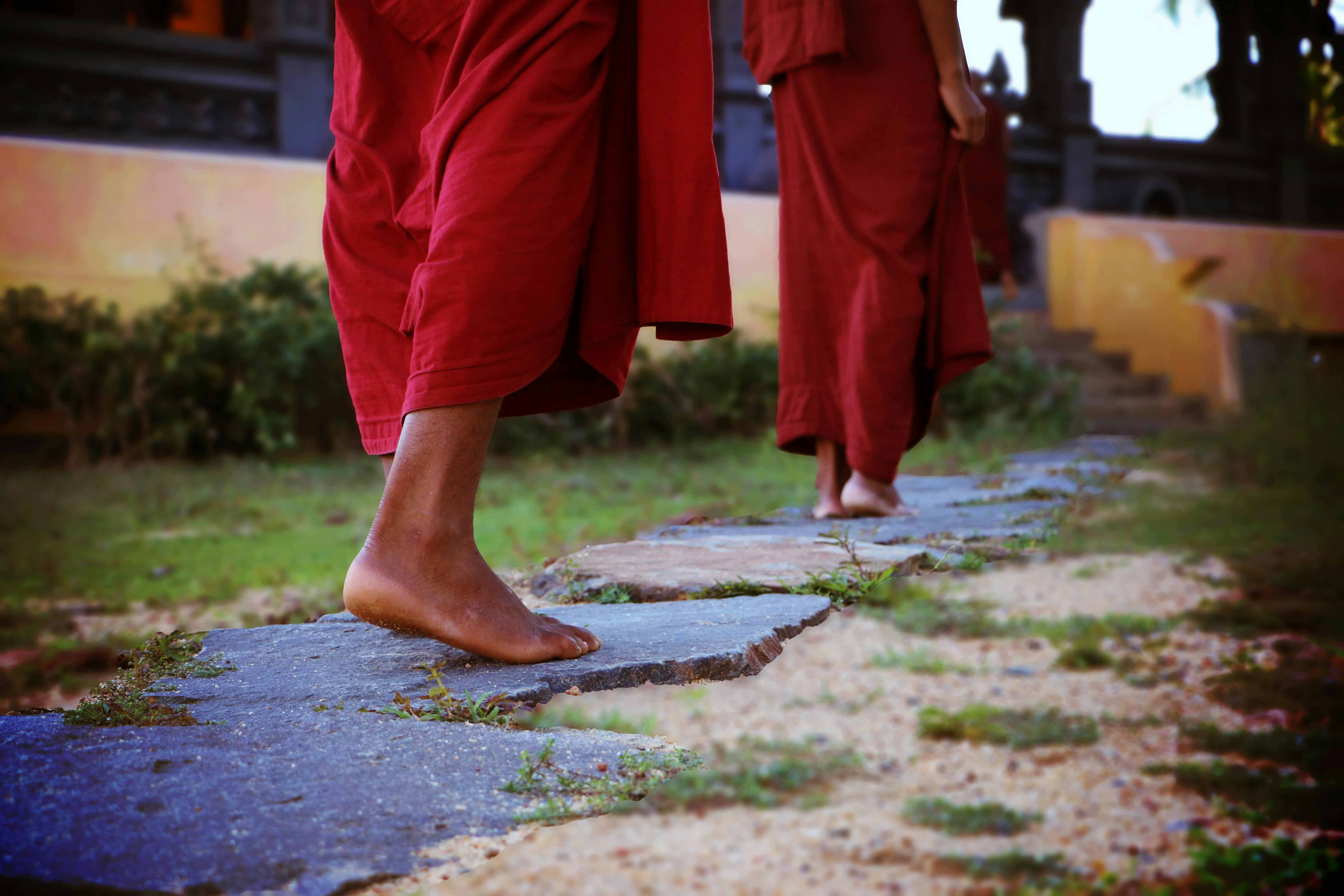Sacred Journeys: Exploring Sri Lanka's Buddhist Heritage
Sri Lanka's Buddhist heritage, spanning over two millennia, forms an integral part of the island's cultural identity. As one of the world's oldest Buddhist nations, the country is home to numerous sacred sites, ancient temples, and living traditions that offer visitors a profound insight into Buddhist spirituality and its influence on Sri Lankan culture.
The ancient city of Anuradhapura, Sri Lanka's first capital, stands as a testament to the early flourishing of Buddhism on the island. The Sacred Bo Tree, believed to be grown from a sapling of the tree under which the Buddha attained enlightenment, has been continuously venerated for over 2,000 years, making it the oldest historically documented tree in the world. The massive dagobas (stupas) of Anuradhapura, including the Ruwanwelisaya and Jetavanaramaya, were once among the tallest structures in the ancient world, second only to the pyramids of Giza.
The Cave Temple complex of Dambulla, a UNESCO World Heritage site, represents the pinnacle of Buddhist cave art. Five caves, adorned with 153 Buddha statues and over 2,100 square meters of painted walls and ceilings, tell the story of the Buddha's life and Sri Lankan Buddhism. The paintings and sculptures, created over multiple centuries, showcase the evolution of Buddhist art and the enduring devotion of Sri Lankan artisans.
In Kandy, the Temple of the Sacred Tooth Relic (Sri Dalada Maligawa) houses Buddhism's most venerated object - a tooth relic of the Buddha. This magnificent temple complex, with its gilded roof and ornate architecture, continues to play a central role in Sri Lankan religious life. The annual Esala Perahera, a grand procession featuring traditionally adorned elephants, dancers, and musicians, celebrates this sacred relic in one of Asia's most spectacular festivals.
Adam's Peak (Sri Pada) represents the confluence of Sri Lanka's religious traditions. Buddhists believe the depression at its summit to be the footprint of the Buddha, while it holds different religious significance for Hindus, Muslims, and Christians. The nighttime pilgrimage to the summit, particularly during the pilgrimage season from December to May, offers a unique experience of shared devotion and breathtaking dawn views.
The ancient monastery of Mihintale, considered the birthplace of Sri Lankan Buddhism, tells the story of Buddhism's arrival on the island. The site where King Devanampiya Tissa first encountered the Buddhist monk Mahinda remains a significant pilgrimage destination. The complex includes ancient hospital ruins, meditation caves, and stupas, providing insight into early Buddhist monastic life.
Modern Buddhist practice in Sri Lanka offers visitors opportunities for spiritual exploration. Many temples and meditation centers welcome foreign visitors interested in learning meditation or participating in retreats. Centers like Nilambe Meditation Centre near Kandy offer structured programs combining meditation instruction with teachings on Buddhist philosophy.
The influence of Buddhism extends beyond religious sites into daily Sri Lankan life. Buddhist values shape social interactions, architecture, art, and even contemporary urban planning. The presence of small roadside shrines, the regular occurrence of poya (full moon) holidays, and the sound of temple drums at dawn all reflect Buddhism's living presence in Sri Lankan society.
For those interested in Buddhist art and architecture, Sri Lanka offers numerous museums housing important collections. The National Museum in Colombo contains significant Buddhist artifacts, while site museums at major archaeological locations preserve and display discoveries from their respective regions. The craftsmanship of ancient Buddhist artisans continues to inspire contemporary Sri Lankan artists and craftspeople.
The tradition of alms-giving (dana) remains strong in Sri Lanka, and visitors can observe or participate in this practice. Many temples and monasteries maintain this ancient tradition, where laypeople offer food to monks, continuing a practice that dates back to the Buddha's time. This offers insight into the symbiotic relationship between the monastic and lay communities.
Buddhist festivals provide windows into living tradition. Beyond the famous Kandy Esala Perahera, numerous local temple festivals occur throughout the year. Vesak, celebrating the Buddha's birth, enlightenment, and passing, transforms cities and villages into magical displays of light and devotion, with lantern competitions and free food stalls (dansal) expressing communal generosity.
For academic researchers and serious students of Buddhism, Sri Lanka's ancient Buddhist libraries and contemporary institutions offer valuable resources. The Library of the Colombo Museum houses important palm leaf manuscripts, while modern institutions like the Buddhist and Pali University provide formal study opportunities.
Conservation efforts continue to preserve Sri Lanka's Buddhist heritage. Many ancient sites undergo careful restoration, balancing preservation needs with their continuing role as active places of worship. International organizations and local authorities collaborate to protect these invaluable cultural treasures for future generations.
Visitors interested in Buddhist heritage should approach sacred sites with appropriate respect. Modest dress is required, and shoes must be removed before entering temples. Many sites provide guides knowledgeable in both the historical and spiritual aspects of these sacred places.
Whether approached as a spiritual pilgrim, cultural enthusiast, or curious traveler, Sri Lanka's Buddhist heritage offers profound insights into one of the world's great religious traditions. The living presence of Buddhism in Sri Lanka makes it an unparalleled destination for understanding how an ancient faith continues to thrive in the modern world.
